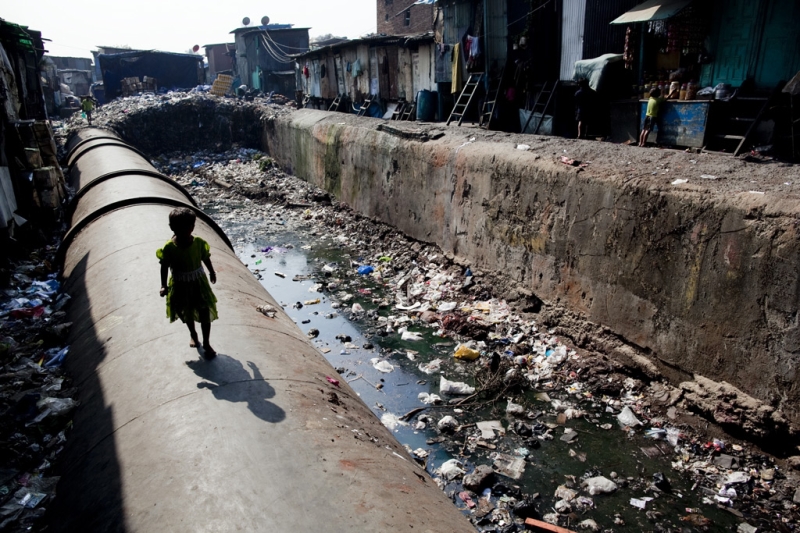
Of the 21 million people living in Mumbai, 62% (or approximately 13 million people) live in slums in different parts of the city.
Most of the slum dwellers have to subsist on $1 a day or less, spending 10 hours working hard under the scorching sun, using the local river as a shower or toilet, and at the end of the workday falling asleep on the sidewalks or under bridges.
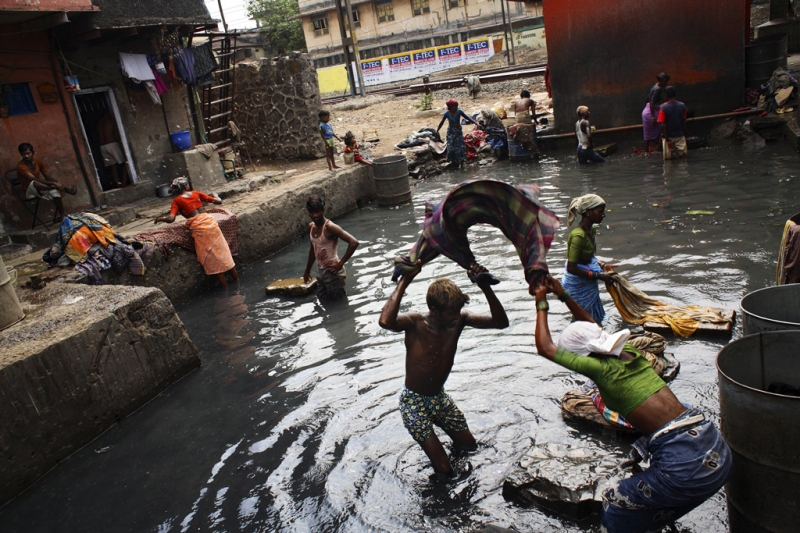
Photo: jonasbendiksen.com
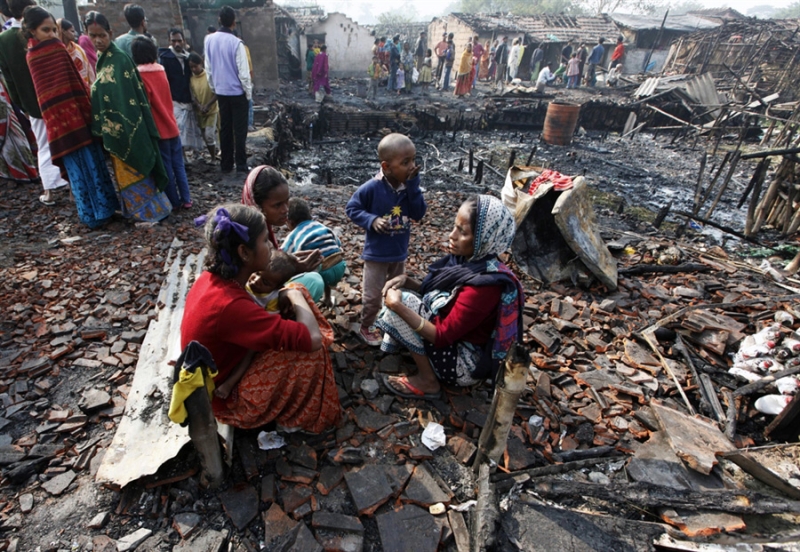
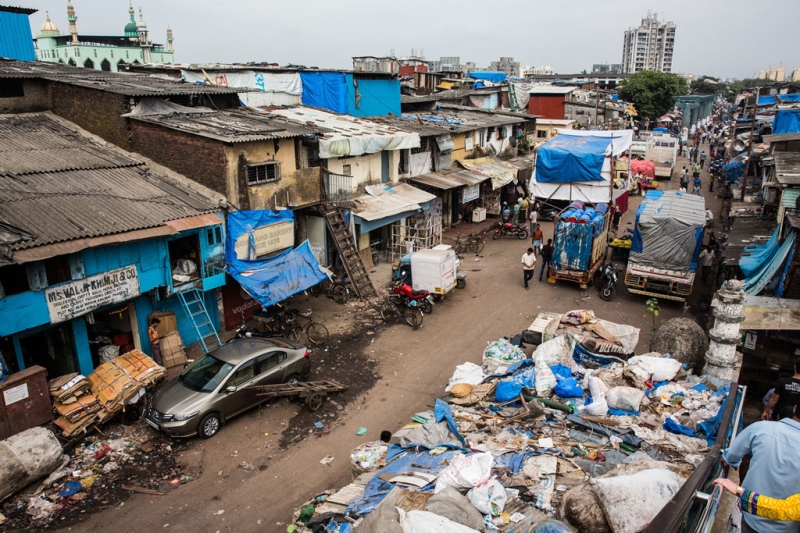
This is what real Mumbai looks like.
When I was traveling through India and stopped in Mumbai, I spent several hours in slums, which are considered the largest in Asia and one of the largest in the world. The slum is called Dharavi. You’ve probably heard of them – that’s where the main character of the film “Slumdog Millionaire”, Jamal, lived, and that’s where most of the scenes of the film were filmed.
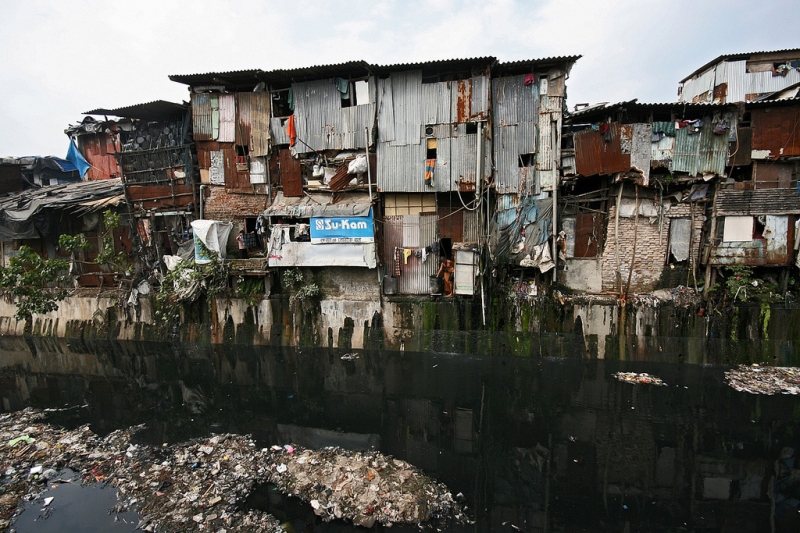
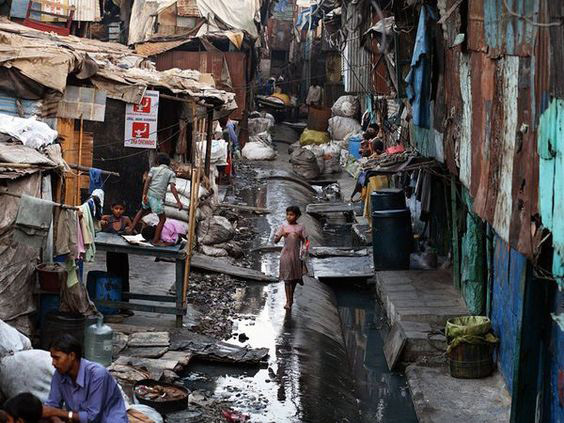
Walking through Dharavi turned out to be the most enlightening experience of my entire trip to India, and perhaps of all my travels. This place is so populated that it seems like a separate city inside Mumbai, with its narrow dirty alleys, open sewers and huge piles of garbage.
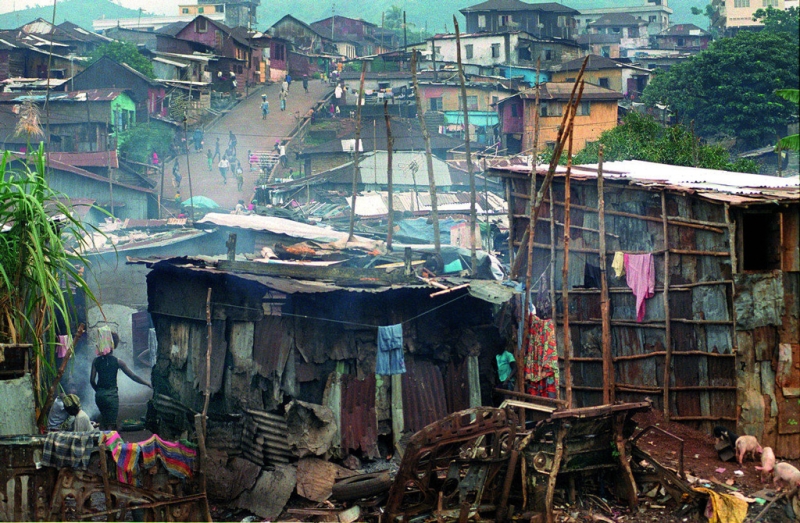
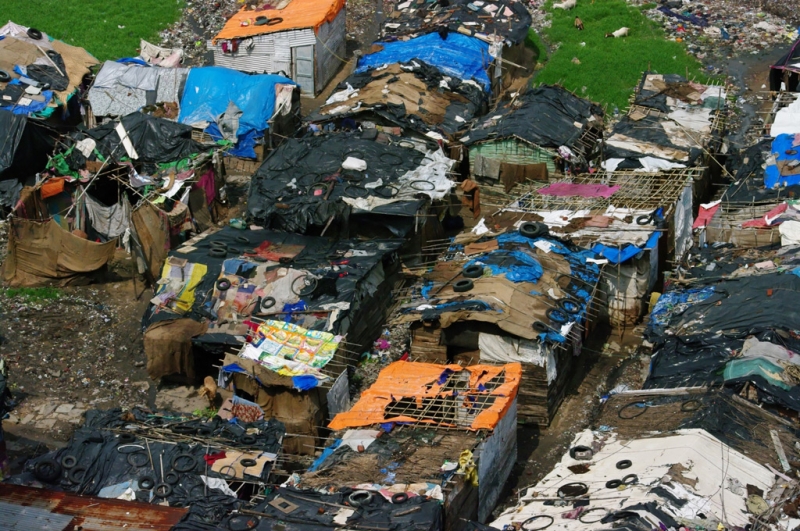
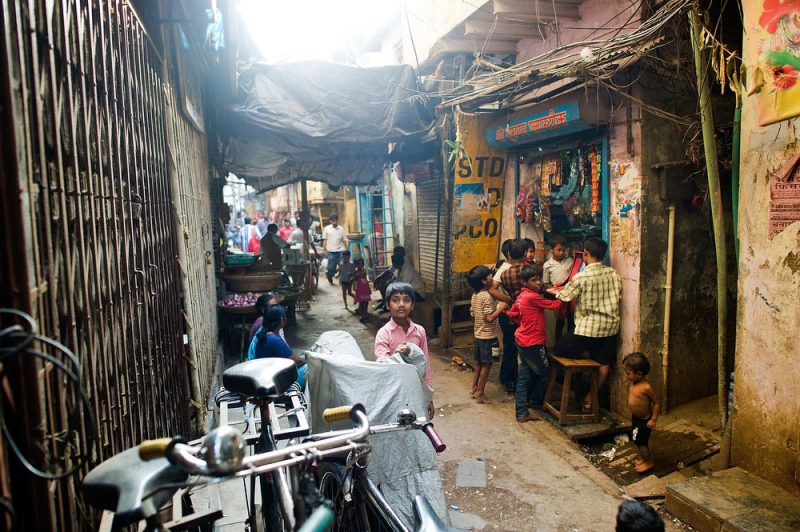
Before explaining what a person sees and feels when visiting Dharavi for the first time, I will give a few facts:
— About 1 million people live on an area of 2.5 square kilometers. Dharavi is the most populous place on planet Earth.
— The average salary here is from $1 to $2 per day.
— Dharavi is the most productive slum in the entire world with an annual turnover of almost a billion dollars.
— In Dharavi, there is 1 toilet for about 1450 people.
— The average life expectancy of a Dharavi resident is less than 60 years.
— The slums are divided into communities based on religion in the ratio: 60% Hindus, 33% Muslims, 6% Christians and 1% others.
— Only men are allowed to work in the workshops of Dharavi.
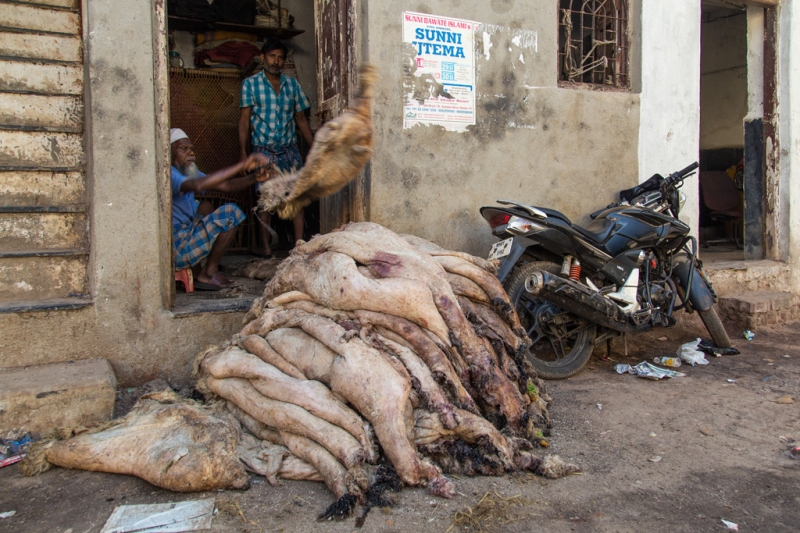
The biggest surprise for me was how incredibly organized life was in Dharavi. Today this area of Mumbai is a giant factory where people work – in difficult conditions – but they work. The slums produce goods that are exported throughout India and the world. You can even order the product from Dharavi online.
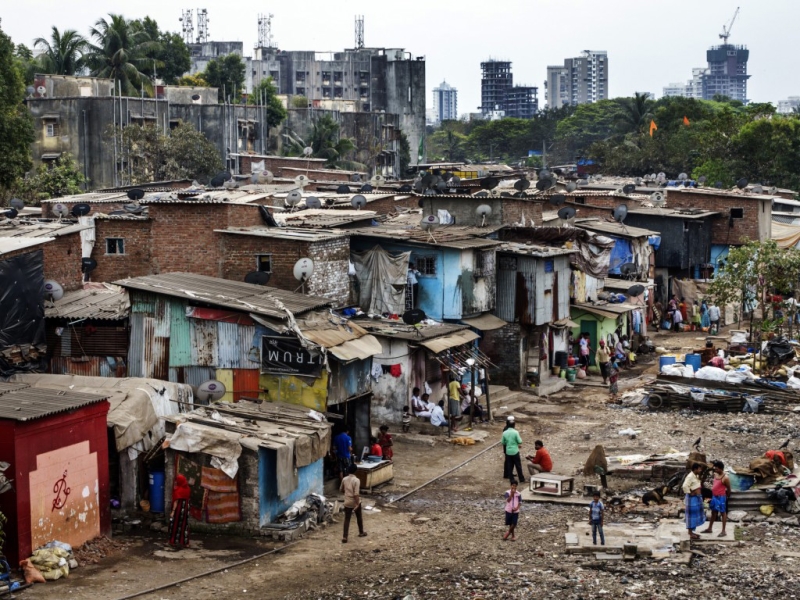
The slum is divided into industrial and residential parts.
In the residential part you can meet Indians from all over the country who came here from rural areas, as well as local residents from the state of Maharashtra. The residential area lacks any infrastructure: there are no roads or public toilets. This part of Mumbai was the dirtiest place I have ever seen in my life. The area is divided along religious lines: Hindus live in one part, Muslims in another, Christians in a third. There are several temples and churches in the residential area.
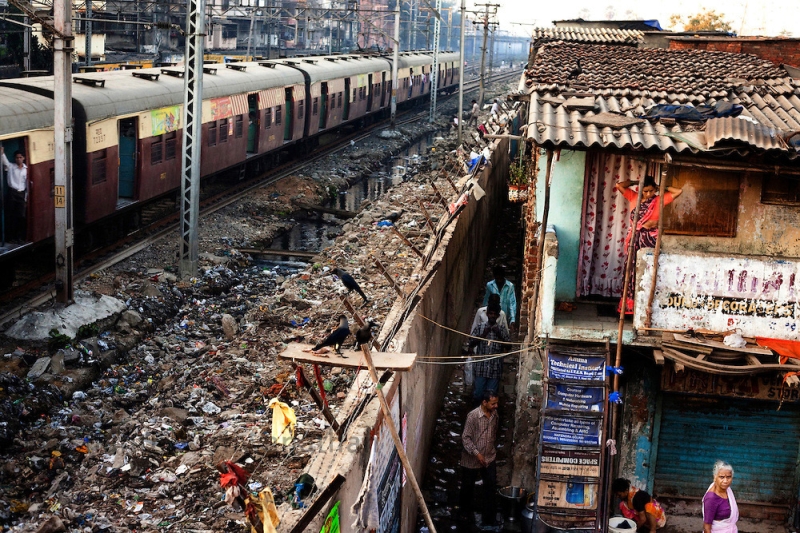
The houses here are small and densely packed with people. I was able to look into one of the houses and see how the locals lived: in a small room, seven people slept on the floor, next to each other, almost huddled together. None had a pillow or mattress. There was no kitchen or toilet in the house.
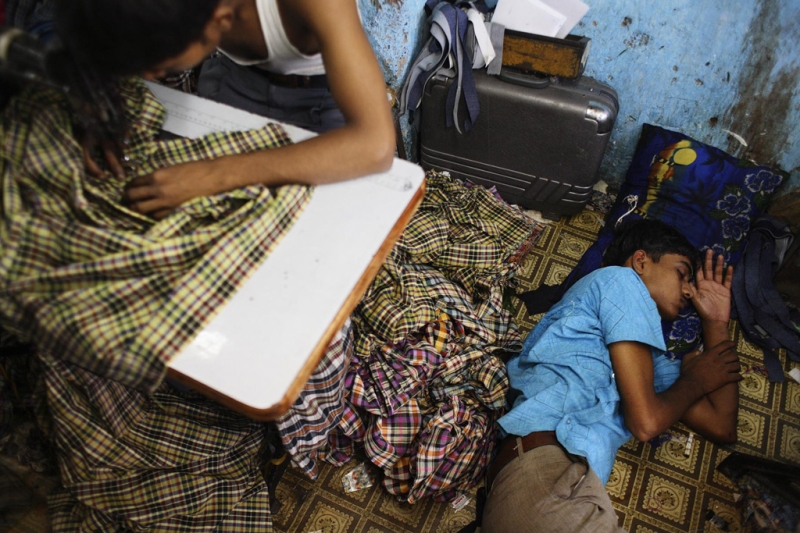
Photo: jonasbendiksen.com
Life in the industrial part is chaotic, it is very hot, dirty and smells terrible. There are more than 7,000 different businesses and 15,000 one-room workshops, which are filled with thousands of people working from dawn to dusk without air conditioning. When I walked through the industrial part, I saw only men. Men were everywhere. When I asked an Indian friend (I didn’t dare walk here alone),
why do I see only men in the workshops, he replied that women are not allowed to work in Dharavi.
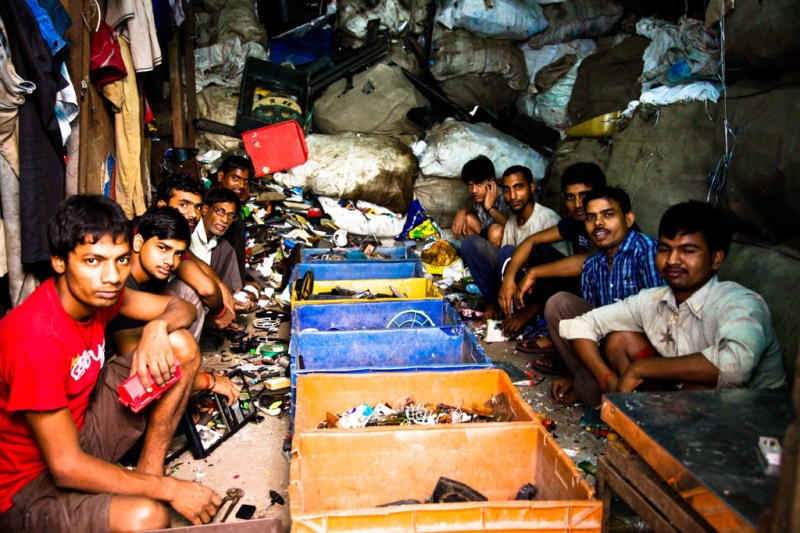
Photo: ashleyjanejennings.com
The most common goods in Dharavi are ceramics, leather goods, plastic and iron goods. There are several smaller industries that engage in recycling. Moreover, they recycle garbage – everything that we in Russia and the West are used to throwing away. Perhaps some of your garbage that you threw away yesterday will end up here in Dharavi in a month, and they will make something out of it that they can sell.
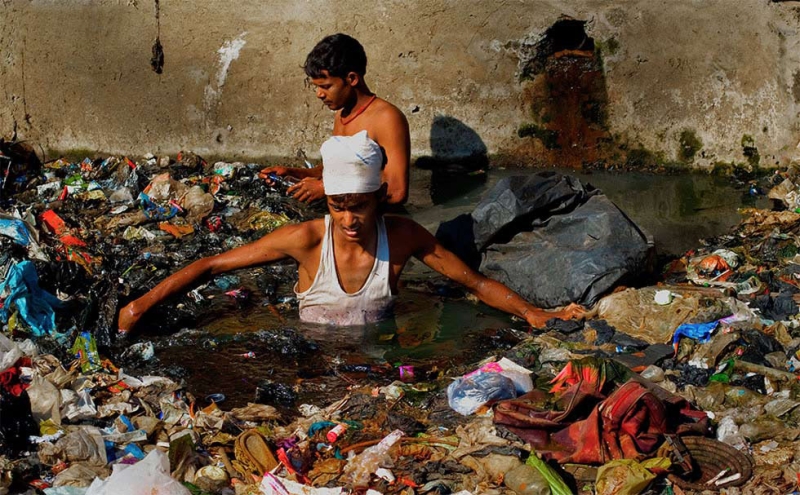
I’m not just talking about paper, plastic, leather, aluminum or glass waste. I’ve seen workers ripping parts out of old VHS tapes from the 90s to make something out of them. I saw workshops dedicated to processing bars of soap that hotel guests leave in their rooms.
After several hours of walking through the slums, I was able to look beyond stereotypes and see Dharavi not just as “the world’s largest slum,” but as a vibrant, regulated community with a strong economy. Slum dwellers are very hardworking. Despite the harsh conditions, they all call this place home.
Subscribe to our channel on Telegram and be the first to know about the cheapest tickets and offers.

Author: Marat Abdrakhmanov
OforYou can book hotels online on the website or in the OneTwoTrip application.

